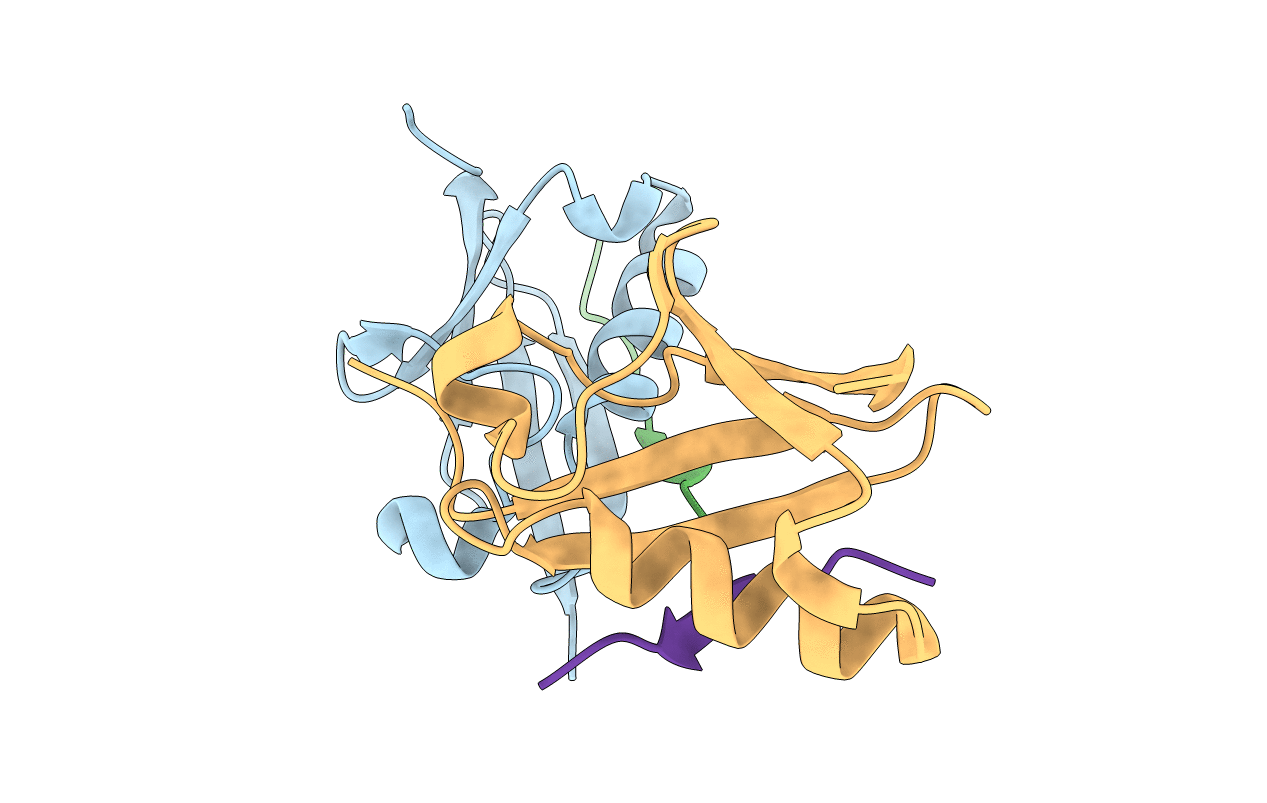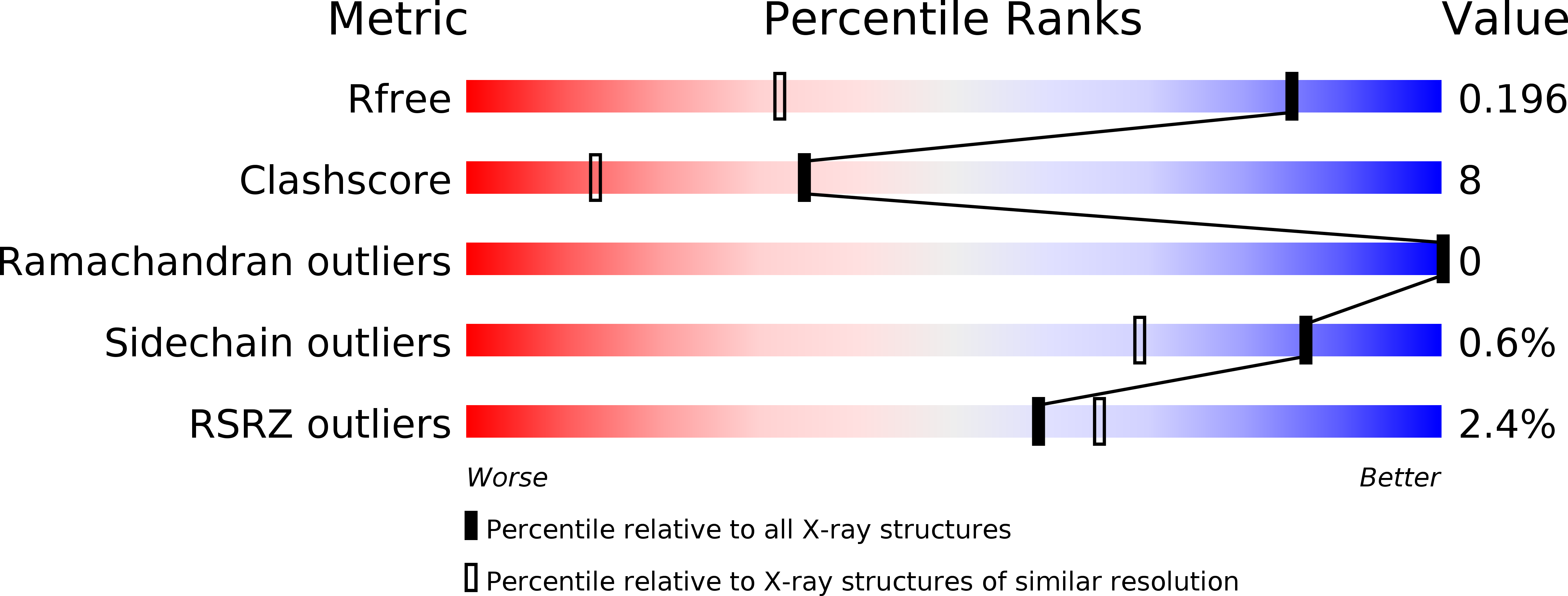
Deposition Date
2019-12-09
Release Date
2020-04-01
Last Version Date
2024-10-23
Entry Detail
PDB ID:
6V7Q
Keywords:
Title:
Crystal structure of SUMO1 in complex with phosphorylated PIAS-SIM2
Biological Source:
Source Organism:
Homo sapiens (Taxon ID: 9606)
Host Organism:
Method Details:
Experimental Method:
Resolution:
1.35 Å
R-Value Free:
0.19
R-Value Work:
0.17
R-Value Observed:
0.17
Space Group:
P 21 21 21


